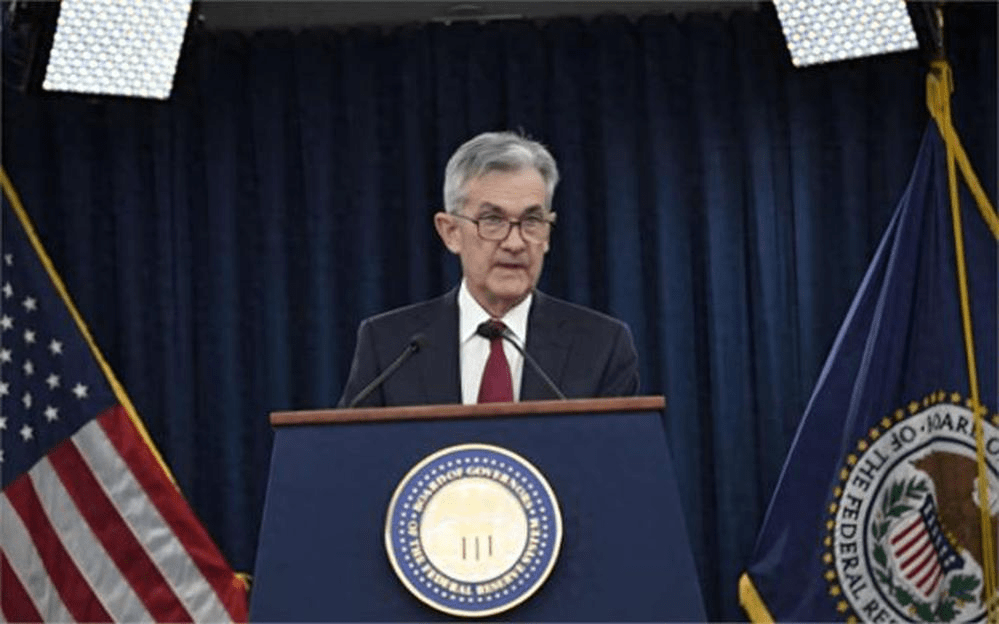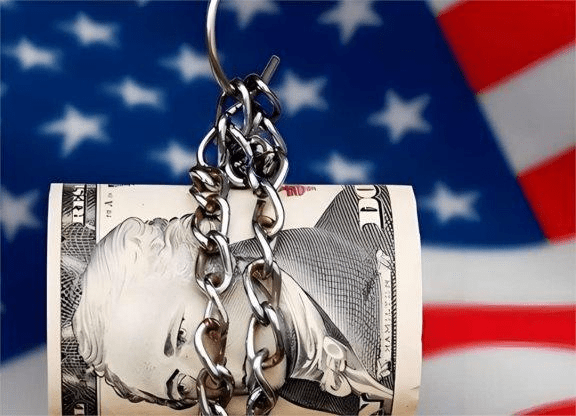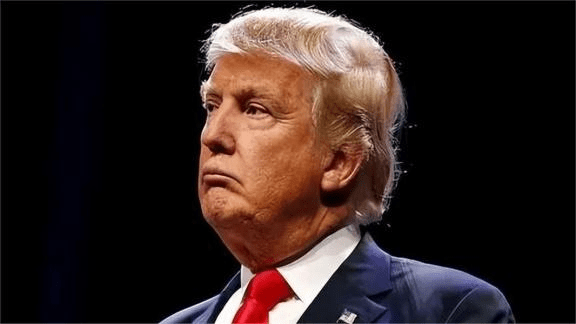Recently, the question of whether to cut interest rates has aroused widespread concern and disagreement around the world, and many investors and analysts have been worried about it. In the blink of an eye, summer is coming to an end, but the discussion around this issue has not yet reached any substantial conclusion.

The Federal Reserve held an emergency meeting, but the world was disappointed again as the possibility of an early rate cut in the US dollar was zero.
If the Fed insists on not cutting interest rates, will this lead to a new round of global panic?

US rate cut in September may be difficult to achieve
The Federal Reserve held an emergency meeting on Wednesday as stock markets continued to plummet and global panic spread.
However, the Federal Reserve did not make a decision to cut interest rates as the market expected, nor did it make a clear statement that it would cut interest rates by 50 basis points in September.
In fact, the Federal Reserve is not an institution that makes decisions blindly. If it rashly takes interest rate cuts, it may lead to a rapid outflow of overseas funds.
America’s dream of global hegemony will be directly shattered by the chain reaction.
Future overseas risks are particularly worthy of close attention, especially the various chain reactions that may occur in the U.S. stock market, the U.S. dollar and U.S. bonds.
As of July 30 this year, the total U.S. federal debt has exceeded the 35 trillion U.S. dollar mark, and the huge risks implied by this news are continuing to accumulate.

On the surface, the United States wants stock market stability, but has an ambiguous attitude towards external currencies and debt.
Especially after Trump took office, the possibility of large-scale interest rate cuts, dollar depreciation and extreme U.S. debt defaults has continued to rise.
Therefore, various media and investors have launched heated discussions, trying to explore the true intentions of the Federal Reserve.
One view is that the Fed is waiting for more data to support it, while another is that they are trying to avoid excessive intervention in the market.

Just when everyone was speculating, a spokesperson for the Federal Reserve suddenly issued a statement, unexpectedly saying that it was not yet the right time to cut interest rates, but that it might be considered at an appropriate time in the future.
As soon as this statement came out, the market immediately fell into chaos because it was far from the previous market expectations. It became increasingly difficult for the United States to cut interest rates.
The reason why the United States does not dare to cut interest rates easily is that more than 85% of its 35 trillion US dollars in debt was accumulated in the past 20 years since the advent of the 21st century.

U.S. debt has expanded rapidly in recent years
Let's review this history. Since Clinton became the President of the United States, 41 presidents have served in office in the history of the United States.
During this period, the United States accumulated a national debt of $4.1 trillion, when its GDP was $6.7 trillion and the government's overall debt ratio was about 62.5%.
At that time, the United States' annual federal revenue was about $1 trillion. Such huge fiscal revenue enabled it to easily bear a debt burden of $4 trillion with relatively little repayment pressure.
The United States has always controlled the economic lifeline and effectively prevented debt crises and economic recessions through macro-control measures. Therefore, no one questions its strong financial strength.

The Fed is usually seen as an institution that values procedures and acts rigorously, but in this case it behaved more like a player in a strategic game.
The predictions of some authoritative experts are representative. For example, professors at the Wharton School of Business strongly suggested that the Federal Reserve should immediately cut interest rates, but the Federal Reserve seemed to ignore this and firmly followed the established path of not cutting interest rates.

As we all know, if we continue to delay until September without taking interest rate cuts, it is foreseeable that the total US debt will soon climb to more than 40 trillion US dollars, and the interest to be repaid each year will exceed 2 trillion US dollars.
This would account for more than half of its 4 trillion fiscal revenue, and such a staggering figure is bound to cause panic around the world.
Under such circumstances, the financial situation of the United States, once a beacon of freedom, will deteriorate sharply. The US dollar and US debt may go the way of Argentina, and the risk of national bankruptcy is also rising.
Therefore, interest rate cuts are imperative and must be implemented resolutely, because they can provide a superficial cover-up and delay the outbreak of global panic, rather than allowing U.S. debt to become waste paper after a debt default.
In addition, there is a time bomb that has not yet exploded - Trump.
Trump's campaign slogan is "American Renaissance", and its core idea is to achieve the resurgence of the United States by promoting the return of American manufacturing, creating a large number of jobs, encouraging people to buy domestic products and reducing imports.
The ultimate goal is to achieve a virtuous cycle in domestic manufacturing.
To achieve this ambitious goal, what should we do? Based on the previous analysis, we should know when most of the US debt (more than 85%) was formed.
The answer is of course since the 21st century. The reason is actually very simple. After China joined the World Trade Organization (WTO), the prices of various commodities fell sharply.

The United States has discovered that it can buy these cheap goods simply by printing dollars, even at prices lower than its own production costs. So why should it bother to produce them itself with all the hard work and worry?
Due to the existence of economic globalization, the United States is able to continue to implement a debt-based consumption model, but it has also led to an increasingly serious problem of industrial hollowing out.
Therefore, during the last election, Trump actively advocated a trade war with it. However, as long as the trend of globalization remains, wouldn't it be easy to import goods from Mexico and bypass its restrictions?
Therefore, if Trump wants the United States to become a manufacturing powerhouse again, the only viable solution is to reverse the tide of globalization and make the United States an isolated island.

However, globalization remains an unstoppable historical trend. How can Trump easily change it?
The only way this could possibly be achieved is to have a significant depreciation of the dollar, after which foreign goods would become expensive and the American people would naturally choose to buy domestic products, which would help boost exports of domestic goods and thus stimulate a recovery in the U.S. manufacturing sector.

The U.S. economic outlook is worrying
However, the question that arises is whether Trump is really unaware of the potential threat of US fiscal bankruptcy?

Obviously, the answer is no. All decisions are profit-driven, and more than 85% of the US debt has been accumulated in the past 20 years, a period that coincides with the rapid globalization of world trade.
One of the fiercest struggles between domestic parties in the United States is the attitude towards trade globalization, among which the Republicans support free trade.
They advocate a strategic expansion aimed at extending U.S. influence around the world, including to the Middle East, Europe, Asia, Africa, and Latin America.
Therefore, they must tread carefully to ensure that U.S. debt does not collapse, thereby maintaining a lifestyle that relies on borrowed consumption and maintaining the strong position of the dollar.
In order to ensure that the US dollar and US debt do not collapse, it is beneficial to overseas military spending on the one hand, and it is also in their best interests on the other.

On the other hand, however, the Republican Party led by Trump is against globalization. When the United States adopts a policy of strategic contraction and becomes an isolated island, the exchange rate will no longer have any meaning to them.
For the American people who are currently in a difficult situation, they are eager to shift significantly to self-employment and industrial manufacturing. However, domestic consumption has reached the point of exhaustion, and they still need to rely on the transformation of the domestic manufacturing industry in the United States to repay their debts, which is obviously impossible.
Now that the decision has been made not to continue importing goods, what practical sense is there in maintaining the status quo and continuing to bear the huge burden of dollars and national debt?
Therefore, my proposal of “writing off the debt” is a major initiative, because the major holders of U.S. Treasury bonds are the country’s financial institutions and people’s retirement funds.
However, for foreign investors, especially those dissatisfied overseas creditors, let us recall the G7 summit held in June this year, when they tried to confiscate the interest income of Russia's assets, and now they hope to further deprive Russia of its assets.

Once this precedent is established, will its impact be limited to Russia?
Please think about this, especially President Trump’s coming to power will bring great risks, but I still have hope and look forward to him leading the world towards a new change.
Instead of irresponsibly detonating US debt and causing greater global panic. #美国CPI数据连续第4个月回落 #美国7月PPI低于预期 #美联储何时降息?